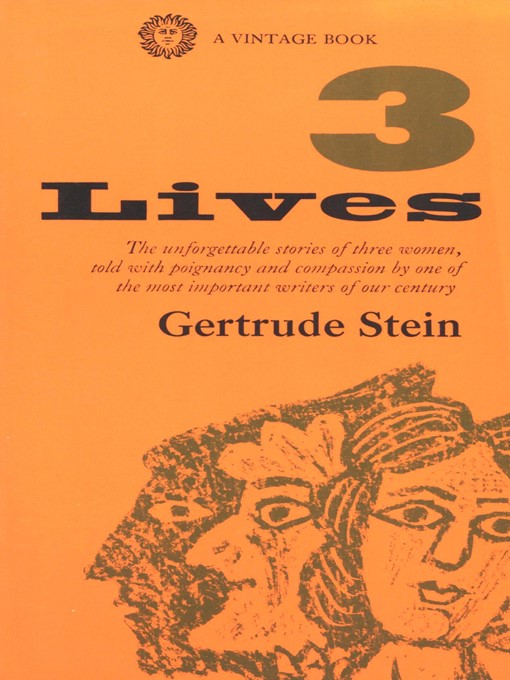"Three Lives, more radically than any other work of the time* in English, brought the language back to life. Not the life of the peasantry or the emotions or the proletariat but life as it was lived by everybody living in the century, the average or normal life as the naturalists had seen it. Gertrude Stein in this work tried to coordinate the composition of the language with the process of consciousness, which . . . was to her a close reflex of the total living personality. . . . "Gertrude Stein uses the simplest possible words, the common words used by everybody, and a version of the most popular phrasing, to express the most complicated thing. . . . [ She] uses repetition and dislocation to make the word bear all the meaning it has . . . one has to give her work word by word the deliberate attention one gives to something written in italics." —DONALD SUTHERLAND, in
Gertrude Stein: A Biography oj Her Work



